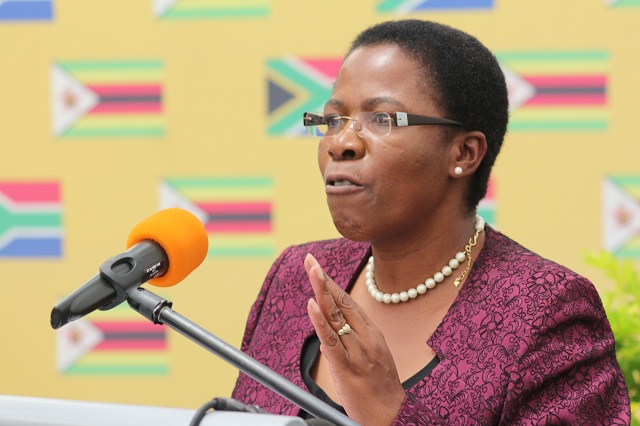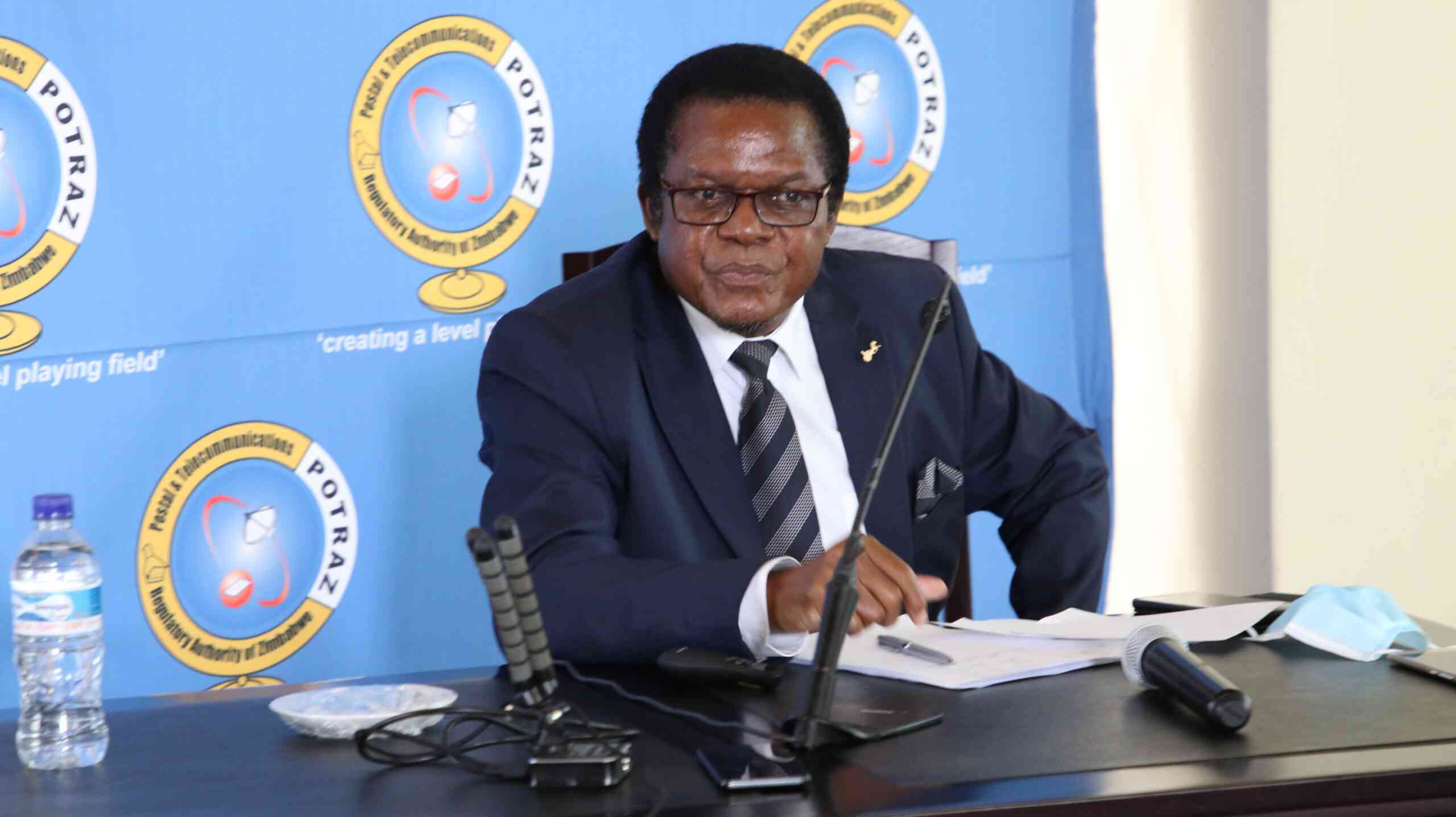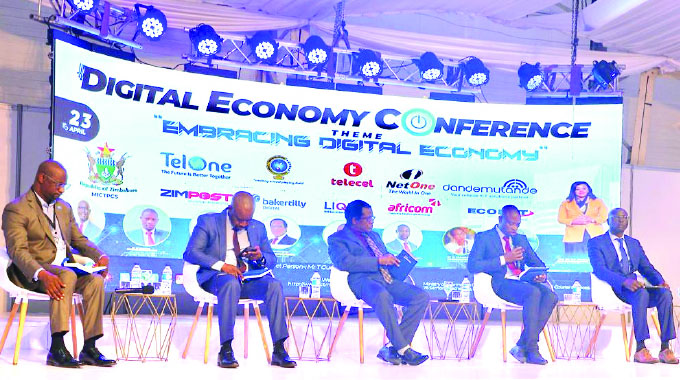Zim-SA trade ties: Tightening loose ends

Prosper Ndlovu, Business Editor
SOUTH Africa remains among the top trading partners to Zimbabwe with recent studies indicating the neighbouring country accounts for at least 40 percent of total exports and 60 percent of total imports.
Despite the strong trade and diplomatic relations between the two countries, some people have likened the trade relationship between Zimbabwe and South Africa to that of a “horse and its rider”.
This is because for a very long time official statistics have shown that South Africa is dominating in terms of imports, while exports to that country have declined in recent years.
A majority of local manufacturers have resorted to importing raw materials from South Africa due to the fall in domestic raw material supplies. Zimbabweans also continue to import household and basic goods from South Africa despite the government tightening of import regulations as the local industry is still struggling to meet demand.
Last week trade relations between the two states came under the spotlight again when a South African business delegation representing 37 companies visited the country for a week-long engagement on investment and trade.
The delegation led by Deputy Industry and Trade Minister Mzwandile Masina, met policy makers and business executives in Harare, Bulawayo and Gweru.
What is really at stake this time around? Business editor Prosper Ndlovu (PN) spoke to Zimbabwe’s Deputy Industry and Commerce Minister, Chiratidzo Mabuwa (CM) and Zimbabwe’s Ambassador to South Africa, Isaac Moyo (IM), who attended the meeting, on the major highlights of the discussions.
PN: Deputy Minister what is the significance of this week’s engagement with South African business delegation to Zimbabwe?
CM: This is the sixth business mission to Zimbabwe, which is unique, more importantly because it has brought in a different dimension.
This has been more of a trade initiative by South African companies, an annual event but now it has come with emphasis on investment.
We’ve heard this from them and it’s a much welcome development because we need investment and resuscitation of industries.
PN: How did you address the question of skewed trading in favour of South Africa?
CM: Our South African counterparts agree with us that the trade relationship we’ve is not healthy, it’s so much in favour of South Africa and that’s not sustainable for both countries in the sense that from the South Africa side, if it is kept like that, they’re just increasing our dependence syndrome.
PN: Some people feel South African investors have been coming here year after year but there’s nothing to show. What concrete package have they brought this time around in terms of practical investment than supplying the market?
CM: I think it’s unfair for us to judge them from a trading view only. We also have to look at their investment, which we never give them their position to say they’re number so and so but they’ve got millions if not billions that they’ve invested into Zimbabwe. Let’s look at Group Five, it’s a South African company. We’re now travelling on good roads and this isn’t just a South African company but a company that was funded by a South African bank, DBSA. Look at PPC, they’re a big company here in Zimbabwe. Consider mining companies, Mimosa and Zimplats. If we just look at our shelves and judge them it’s not fair but we’re fond of doing that.
PN: Ambassador Moyo what is your take on this issue?
IM: Deputy Minister Masina made a few pronouncements regarding forthcoming investments to Zimbabwe from South Africa. For example Tongaat Hullet, other projects in Information Communication Technology (ICT) and Supersonic initiatives. He even gave a figure of about $500 million. This is something very practical. Visitations like this provide this overall context of doing business, that enabling environment for companies to then concretise the initiatives.
PN: You talked about the uniqueness of this week’s engagement. What really are the major milestones from the meeting?
CM: We see a different methodology. This business to business interaction has brought in enterprise-level interventions where South Africa enterprises came here to discuss how we can collaborate in order to create more opportunities for businesses, be it through joint ventures, partnerships or even them coming in to establish new companies to enhance our value addition processes through the value chain approach.
As Zimbabwe we’ve been saying to South Africa, the more we receive finished goods here the more we’re creating problems for both countries. When we buy finished goods it’s tantamount to exporting jobs to South Africa. When they sell us finished goods, it’s tantamount to eroding their income base because without jobs who would buy the finished goods?
We’re saying let’s look at the exodus of Zimbabweans to South Africa and the challenges it brings. We’re not at that level now but we better prevent what is happening to Europe. The refugee crisis can happen because South Africa is the biggest economy in Southern Africa and everybody is going there.
South Africans acknowledge that and have said they’re in BRICS (international bloc made up of Brazil, Russia, India, China and South Africa) not for their self interest but for the interest of Africa and Southern Africa as well and they’re ready to share with us that cake.
PN: How do these ideals tie into the country’s industrialisation strategy and that of the regional grouping?
CM: South Africa acknowledges the regional industrialisation strategy that was adopted during President Mugabe’s tenure as Sadc chairman (2014-5) and we’re saying let’s push it, let’s implement it.
If you follow the negotiations towards that strategy, initially we didn’t understand each other as countries because we were saying we cannot push the trade agenda without industrialisation. But we’re now on the same wave length. We’re also pushing the tripartite free trade agenda between Comesa, which links Sadc and the East African Community — presenting a market of about 700 million people.
Who owns that market, what does it mean and to whose advantage? It will be to South African and Zimbabwean companies. Hence it is of benefit for South Africa to come and invest in Zimbabwe as compared to us inviting overseas companies to come and gain the name of being a Zimbabwean company and enjoy this market.
PN: How does the Bulawayo industrial situation feature in this broader regional industrial strategy and market expansion?
CM: When we look at Bulawayo, let’s take the industries and look at infrastructure aspects such as reviving the National Railways of Zimbabwe (NRZ). The opportunity for South Africa is resuscitating heavy engineering companies and that means reviving Zisco-Steel and the engineering firms to supply NRZ and the region, and that’s an opportunity. Come to the clothing sector, which is thriving here in Bulawayo. David Whitehead in Kadoma is under judicial management and it’s looking for potential investors so that we open the value chain of the textile to clothing industry. A lot of opportunities exist in this textile industry. We also need to rescuscitate firms that make accessories like buttons. The company that used to make buttons went to South Africa and workers here have a project proposal that needs $165,000. If we expose our potential, those people who left might come back. Right now we’re busy importing shoe laces, buttons, zips, toothpicks, drinking straws, anything and these make up our import bill.
PN: But are you satisfied with the level of engagement between our businesses and their South African counterparts?
CM: We were critically analysing these enterprise-level interventions as we were observing them. The companies were coming to us saying the level of engagement of South African business people is above that of their Zimbabwean companies. They were whispering saying: “Please, can we know how to engage our counterparts”. Often we go to international forums and do the engagements ourselves as political leaders or business does that themselves. But who goes there, it’s the associations, the CZI or ZNCC. We’ve not yet groomed our entrepreneurs to be able to engage. The need for grooming our entrepreneurship development and business engagement is very critical.
My ministry will discuss this with business leaders to say can you attend to this gap so that when we bring potential investors like this they are not left idle.
Actually they should be kept busy and we should be queuing to engage them. This event was advertised but where are the people of Bulawayo. We’re sitting here, I’m here, the ambassador is here, the South African potential investors are here but Zimbabweans aren’t here but then we start crying. So, there’s need for training and capacity building in this regard.
PN: One of the hurdles to economic growth has to do with technology gaps, old equipment and financing. How did you factor that in your discussions?
CM: We’ve long bemoaned the obsolescence of our equipment in terms of the lifespan of the equipment and also the old fashionness of that equipment and we’ve said our technology is now not cost effective. But that challenge is not insurmountable. We just need to recapitalise, we know what we want.
PN: But is there any commitment to the financing part from your discussions with the South African investors?
CM: When you talk of partnerships, joint ventures or recapitalisation what is needed is finance. In our discussion we said financing can come, say, as a stakeholder on that side of the balance sheet or come in with your loan capital, lubricate our financial markets so that businesses can have access to affordable funding to recapitalise. So we look at them coming to invest in the financial market as well.
We’ve financers who are already ready to receive such investment.
PN: Lastly, may you reflect on policy issues. Are there any aspects that need to be fine-tuned to enhance the ease of doing business? Do our policies talk to each other?
CM: There are conduits that make us talk to each other through the different agreements we’ve signed. We’ve MoUs, Sadc protocols and bilateral agreements. Those are the conduits that ensure policy coherence and allow us to even out any hindrance. And we also have an inter-ministerial task force between the two countries that sit and look at these issues. Zim-Asset ensures harmony and forces us to work together as ministries.











Comments